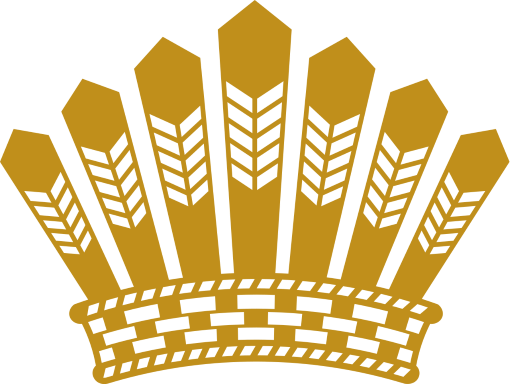Essequibo, Guyana—(May 31, 2025) His Excellency President Dr Irfaan Ali unveiled a progressive agricultural plan for Region Two (Pomeroon-Supenaam) in Essequibo during a meeting with fisherfolk, rice farmers, and cash crop farmers today at the Anna Regina Secondary School.
As part of a broader national initiative, President Ali detailed key strategies aimed at enhancing productivity, improving infrastructure, and bolstering farming across the region.
At the core of the President’s message to over 700 persons at the Anna Regina Secondary School was his vision of further empowering Guyanese in agricultural development.
He said that in Region Two, this will be done through the allocation of 20,000 acres of farmland, organised into three distinct clusters. These clusters, which will include groupings of farmers, will receive critical infrastructural development, including drainage and irrigation systems, seed paddy, and support to impolder land.
The goal is to provide small- and mid-scale farmers with the opportunity to cultivate their land efficiently, while promoting independence and sustainability in the sector.
Each cluster will be equipped with the necessary tools and machines, managed directly by farmers. This initiative, the President explained, aims to minimise delays, allowing farmers to take ownership of key agricultural processes while ensuring essential resources remain accessible at all times.
“We’re going to empower you and put that power in your own hands.”
Additionally, President Ali reaffirmed the Government’s commitment to support larger-scale infrastructural projects through the National Drainage and Irrigation Authority (NDIA).
The Government is set to invest in two modern drying and storage facilities in the region. Engineers are expected to complete designs within weeks, paving the way for swift tendering and implementation. This will ensure farmers have the necessary storage infrastructure to protect yields from environmental fluctuations.
The President also outlined plans to modernise extension services, leveraging technology to provide real-time agricultural information. Recognising the importance of timely and accurate data, he announced that the Government is currently investing in a control centre in Georgetown that will serve not only Guyana but the broader Caribbean. This facility will offer predictive insights on weather patterns, pest control, and optimal farming techniques, ensuring farmers receive proactive guidance directly on their mobile phones for 24/7 access to essential agricultural data.
To complement these efforts, the Government will deploy containerised extension offices within farms rather thanon main roads. These offices will be connected to the internet, providing farmers with real-time information, hands-on training, and educational programmes directly in the field. This initiative strengthens the push towards modern, accessible agricultural support.
In addition to improving extension services, President Ali underscored the need for agricultural diversification. He proposed integrating high-value, high-yielding crops into production cycles as a way to boost earnings and optimise land use. Specifically, he suggested that for every 10 acres of rice cultivation, one acre could be dedicated to specialised short-term crops, opening new revenue streams for farmers and enhancing overall productivity.
A crucial aspect of increasing productivity is managing input costs, particularly fertiliser. The President reaffirmed the Government’s commitment to addressing this challenge and said that it will co-invest in a fertiliser plant in Guyana. Within two years, this facility will ensure the country’s self-sufficiency in fertiliser production, reducing reliance on global markets, stabilising costs, and enabling the creation of region-specific fertiliser blends tailored to varying soil types.
Beyond direct agricultural enhancements, the President also stressed the importance of strengthening transportation, marketing, and financial systems to support farmers. He acknowledged ongoing delays in payments, where farmers often wait well into the next crop cycle to receive compensation. To address this, the Government will collaborate with rice farmers and millers in the coming months to establish a structured payment system. This system will include a buffer fund, safeguarding against fluctuations in market prices and overproduction, ensuring financial security for agricultural stakeholders.
The President stated that the Government also recognises the challenges faced by the fishing community in the region. As such, it will work directly with 500 fisherfolk to implement programmes aimed at reducing operational costs and creating additional sources of income. These initiatives will not provide one-off financial support but will instead focus on long-term wealth creation through financial literacy and sustainable investment. Opportunities will be expanded to include cage fishing, the development of a swamp shrimp industry, and the construction of ponds for prawn production, ensuring that families can actively participate in income generation even while primary fisherfolk are at sea.
Throughout the meeting, scores of farmers and fisherfolkraised concerns about various challenges they face. In response, the President and Minister of Agriculture, the Honourable Zulfikar Mustapha, engaged in discussions to formulate short-term, medium-term, and long-term solutions.
Prior to today’s visit, the Head of State visited Region Six (East Berbice-Corentyne) on Thursday and Region Five (Mahaica-Berbice) on Friday, where he held similar agricultural meetings. He is also scheduled to meet farmers and fisherfolk from Region Three (Essequibo Islands, West Demerara) on Sunday.

